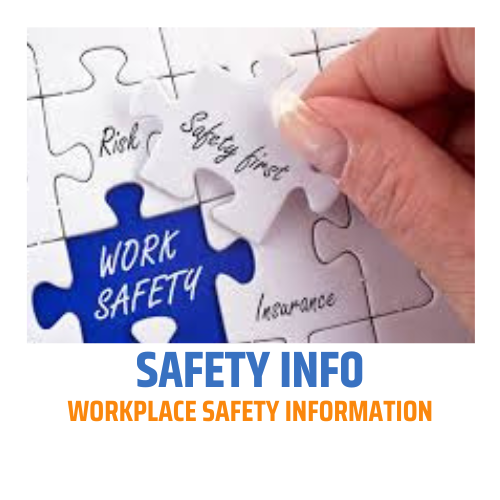What are the Current Workplace Health and Safety Regulations in the UK?
As an AI language model with a knowledge cutoff in September
2021, I can provide information based on the regulations in effect up until
that time. However, it's important to note that workplace health and safety
regulations may be subject to updates and changes. For the most up-to-date and
accurate information regarding workplace health and safety regulations in the
UK, it is advisable to consult official government sources such as the Health
and Safety Executive (HSE) or seek legal advice. Here are some key regulations
that were in effect as of my knowledge cutoff:
- Health and Safety at Work Act 1974: This is the primary legislation governing workplace health and safety in the UK. It places a general duty on employers to ensure the health, safety, and welfare of their employees and others who may be affected by their work activities.
- Management of Health and Safety at Work Regulations 1999: These regulations require employers to conduct risk assessments, develop and implement health and safety policies, and provide necessary information, instruction, and training to employees. They also emphasize the importance of appointing competent persons to assist in meeting health and safety obligations.
- Workplace (Health, Safety, and Welfare) Regulations 1992: These regulations cover a wide range of health and safety issues within the workplace, including workplace layout and facilities, ventilation, lighting, temperature, cleanliness, and the provision of welfare facilities.
- Control of Substances Hazardous to Health (COSHH) Regulations 2002: These regulations require employers to assess and control the risks associated with hazardous substances in the workplace. They outline measures for the safe storage, handling, and disposal of hazardous substances, as well as the provision of information, instruction, and training to employees.
- Provision and Use of Work Equipment Regulations 1998 (PUWER): These regulations set out the requirements for the safe use, maintenance, and inspection of work equipment. They apply to all machinery, equipment, and tools used in the workplace.
- Manual Handling Operations Regulations 1992: These regulations aim to prevent injuries related to manual handling activities. Employers are required to assess and reduce the risks associated with manual handling tasks, provide appropriate training, and consider the use of mechanical aids where possible.
- Personal Protective Equipment at Work Regulations 1992: These regulations outline the requirements for the provision, use, and maintenance of personal protective equipment (PPE) in the workplace. Employers must assess the need for PPE, provide suitable equipment, and ensure proper training and supervision for its use.
- Reporting of Injuries, Diseases, and Dangerous Occurrences Regulations 2013 (RIDDOR): These regulations require employers, the self-employed, and people in control of work premises to report specified workplace accidents, occupational diseases, and dangerous occurrences to the relevant authority.
It's essential to keep in mind that this list is not
exhaustive, and there may be additional regulations and guidance that apply to
specific industries or workplaces. Stay updated with the latest information
from official sources and consult relevant legislation for comprehensive
guidance on workplace health and safety regulations in the UK.






0 Comments